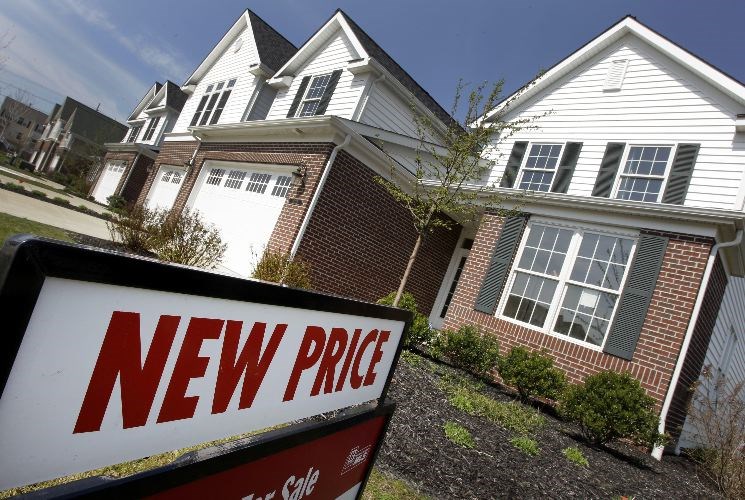The burden of owning a single-family house in Prince George continues to remain well below the level seen in Vancouver and area, according to an annual report released this week by the B.C. Northern Real Estate Board.
The proportion of median household income required to cover mortgage costs, municipal taxes and fees, and utilities for the average single-family home stood at 28.3 per cent in this city in 2015.
By comparison, it was 87.1 per cent for communities covered by the Greater Vancouver Real Estate Board and 70.4 per cent for the province as a whole.
As in past years, the largest contributor to the difference has been price.
As of midway through 2015, single-family homes were selling for $282,254 on average in Prince George. In Vancouver, the going rate was $967,500 while the provincial average was almost $720,000.
Other communities in northern B.C. also compared favourably, but B.C. Real Estate Association economist Brendon Ogmundson noted that in some cases, the bargains to be found are largely to do with struggling local economies.
"Markets are kind of softening in a lot of those areas because when you look at natural gas and other commodity sectors, they maybe aren't holding the promise they once did and that's causing a lot of demand to come out of the market," Ogmundson said.
"That's especially the speculative demand of people buying in anticipation of large projects and lot of population growth that maybe now is put on hold."
As for Prince George, Ogmundson said that the local economy is better balanced thanks to its size and such attributes as the university and the hospital.
"The economy is solid but lagging behind the Lower Mainland," Ogmundson said. "But price growth has been fairly stable for the last year."
He also cautioned that no one in Vancouver is actually spending nearly 90 per cent of their income on single family homes. Rather, new families are starting with townhouses, although Ogmundson said the supply of that type of housing is also tight.
He also noted Surrey and Langley, where about 25 per cent of the Lower Mainland population lives and where prices are significantly lower, are not in the Greater Vancouver Real Estate Board.
The burden for northern B.C. as a whole was 27.9 per cent. Mackenzie provided the best deal at 20.1 per cent, while Prince Rupert posed the highest burden at 31.5 per cent.
The full report is available at bcnreb.bc.ca/2015%20Housing%20Affordability%20Indicators.



